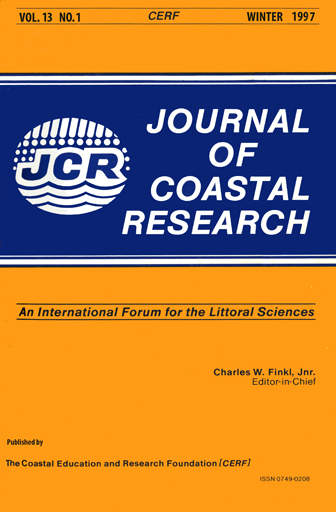Nesting Habitat of Birds Breeding in a Coastal Dunefield, South Africa and Management Implications
Keywords:
Sterna balaenarum, Haematopus moquini, Charadrius marginatus, nesting, dunefieldAbstract
Damara terns Sterna balaenarum, African black oystercatchers Haematopus moquini and whitefronted plovers Charadrius marginatus, nest in the interdune hollows of the Alexandria Coastal Dunefield, South Africa. In order to manage effectively for dune breeding birds, nesting habitat and nest sites need to be identified. Nesting positions along the beach and in relation to the high water mark were recorded along 22 km of shoreline. In addition, physical variables were recorded at three levels: macro-habitat, nest-proximity and micro-habitat. Principal Co-ordinate Analysis identified which variables best described the nest sites of each species. Damara terns nested in two aggregations, plovers in the first section of shoreline and oystercatchers throughout the 22 km. Oystercatchers nested < 50m above the high water mark while the terns and plovers nested > 70 m above the high water mark. The characteristic nest sites of each species differed in physical features at all three levels, but particularly in terms of substrate, proximity to vegetation and the high water mark, thereby resulting in clear partitioning of nest habitats. The potentially available nesting habitat for each of the three species is under-utilised. Since nesting success can be affected by human activity on the adjacent beach, active management is required to protect the nesting activities of those birds.


